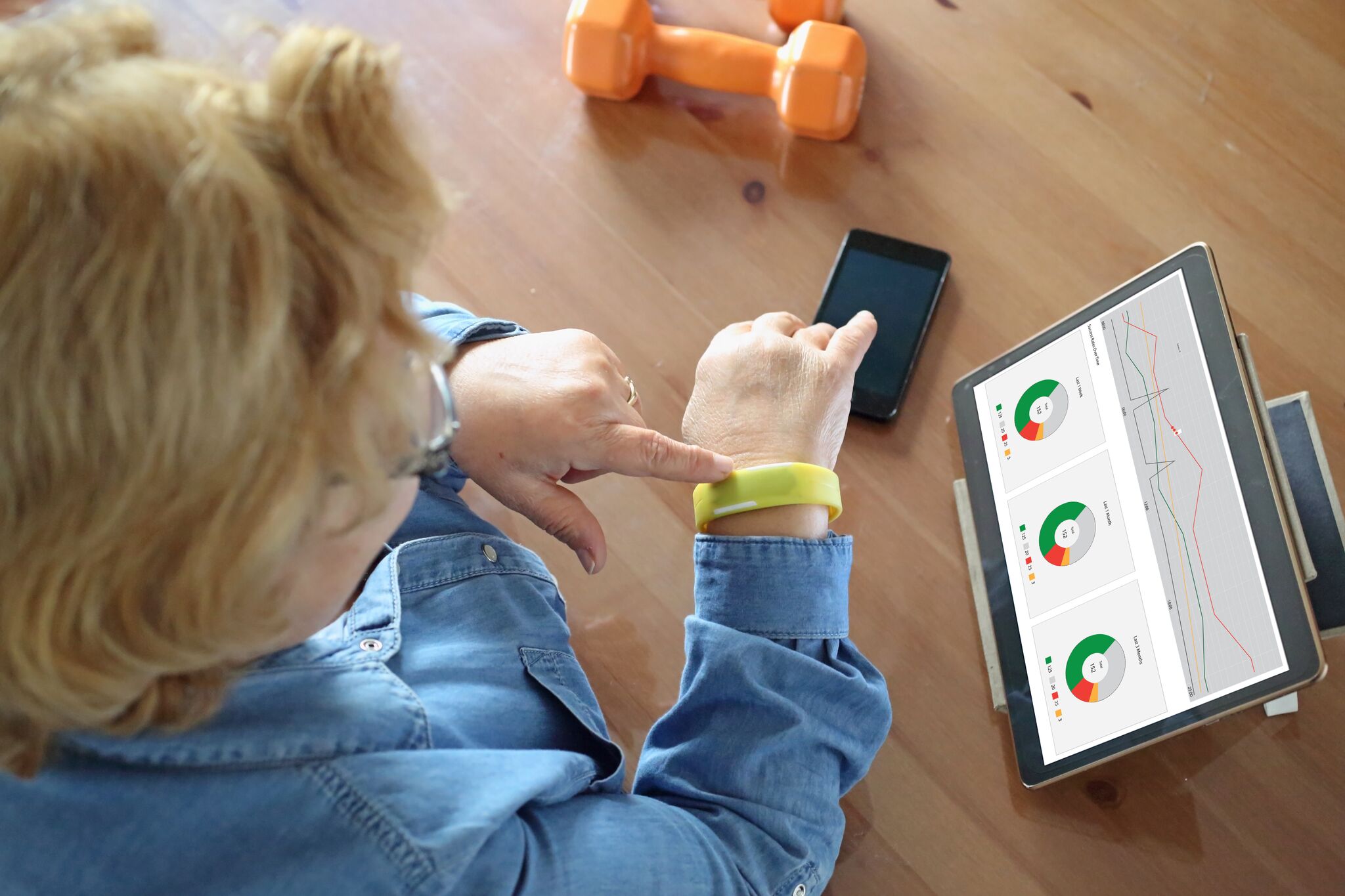
A higher-than-expected concentration of people with fevers is considered one of the leading indicators of infection with the COVID-19 virus, and the combination of a digital "smart" thermometer and a paired phone app is enabling one company to provide real-time insights into emerging infection hot spots.
According to an article at HealthcareITNews, researchers at San Francisco-based Kinsa Health are tracking tracking atypical illness through Kinsa’s digital thermometers, and the company recently released results that indicated correlations between unusually high temperature readings and increases in reports of COVID-19 cases.
Consumers with Kinsa thermometers can upload results to the company's free app, which can give them direction for appropriate ways to assess the severity of a potential illness, provide relevant healthcare information or direct them to appropriate healthcare services.
"With our historical data, we can understand the 'illness signature' of a particular geography, and we understand what it should be at a given time of the year," explained Nita Nehru, Kinsa’s director of communications and partnerships. “We can see how it compares with current results and it serves as an early warning system that indicates when something unusual is happening.”
With more than one million of its thermometers in use across the country, Kinsa has enough data to map atypical illnesses down to the county level.
Typically, said Daniel Doherty, technical product manager at Kinsa, providers have relied on reports from the Centers for Disease Control to track contagious diseases, but the CDC relies on reports from clinical environments, allowing only a look at past activity. But that doesn't help organizations looking for advance warnings of service demands.
"Checking for fevers is one of the first things that people check when they’re trying to diagnose infection with the virus,” Doherty said. “The nature of this pandemic is that early on it doesn't show up as really big numbers. The danger is in how quickly it's doubling – it's moving pretty fast.”
Indeed, the company is having trouble keeping up with current demand for its thermometers, selling more than 10,000 a day, Nehru said. Worried consumers also are taking more temperatures, she added – while the company gets tens of thousands of temperature readings typically, it recently received data in excess of 100,000 readings in one day, she noted.
"The more sensors we have out in the field, the more geo-specific we can get with our insights," Doherty said. "Right now, we can track to a county level, but we hope to get to a more granular level, like ZIP codes, over time."


